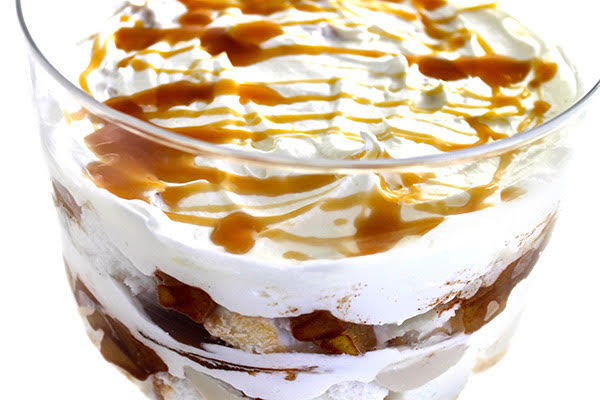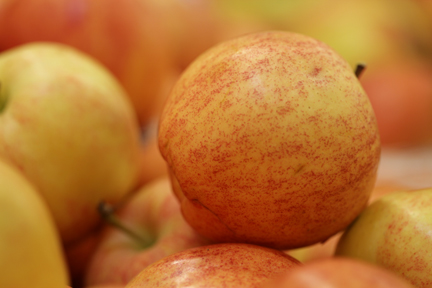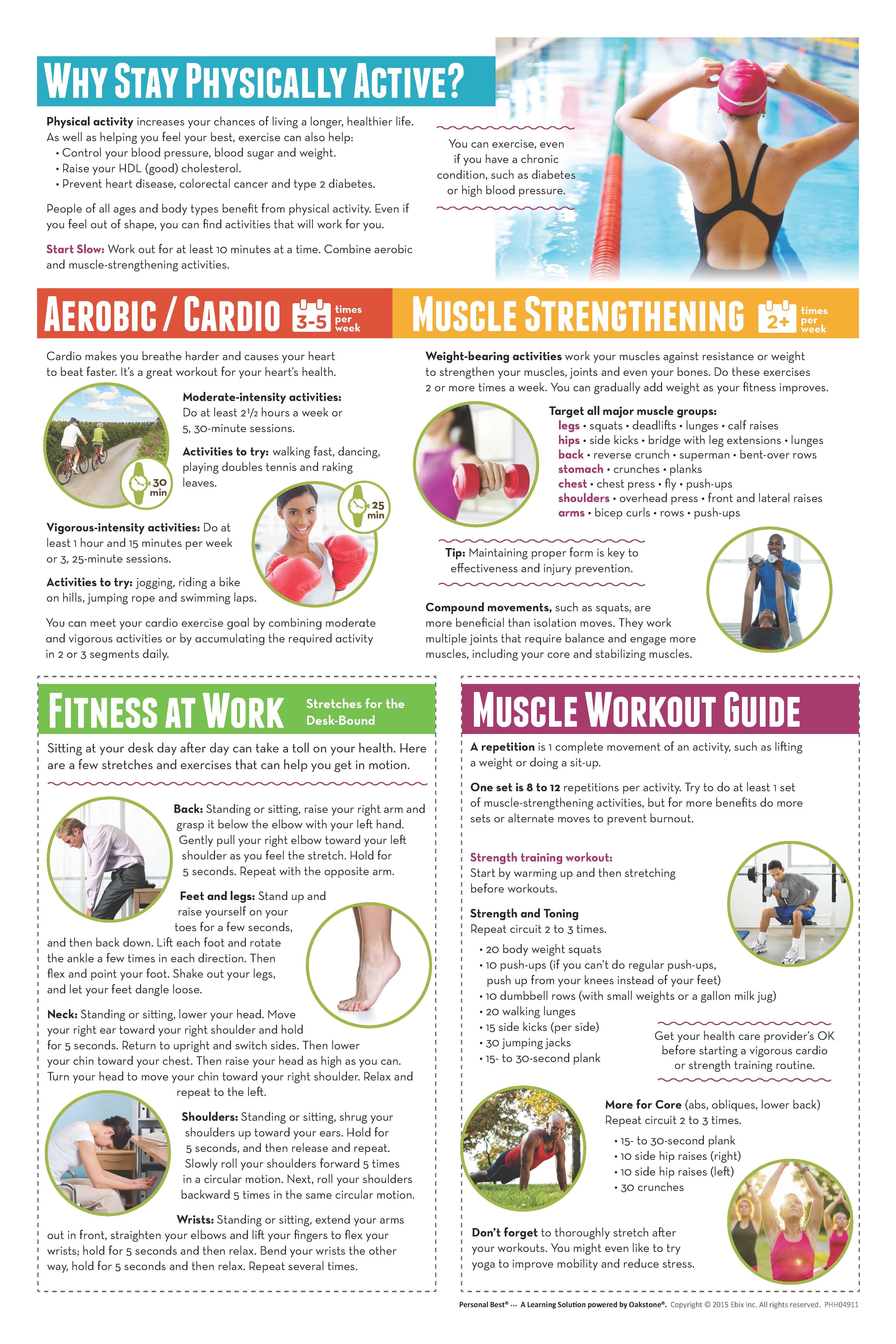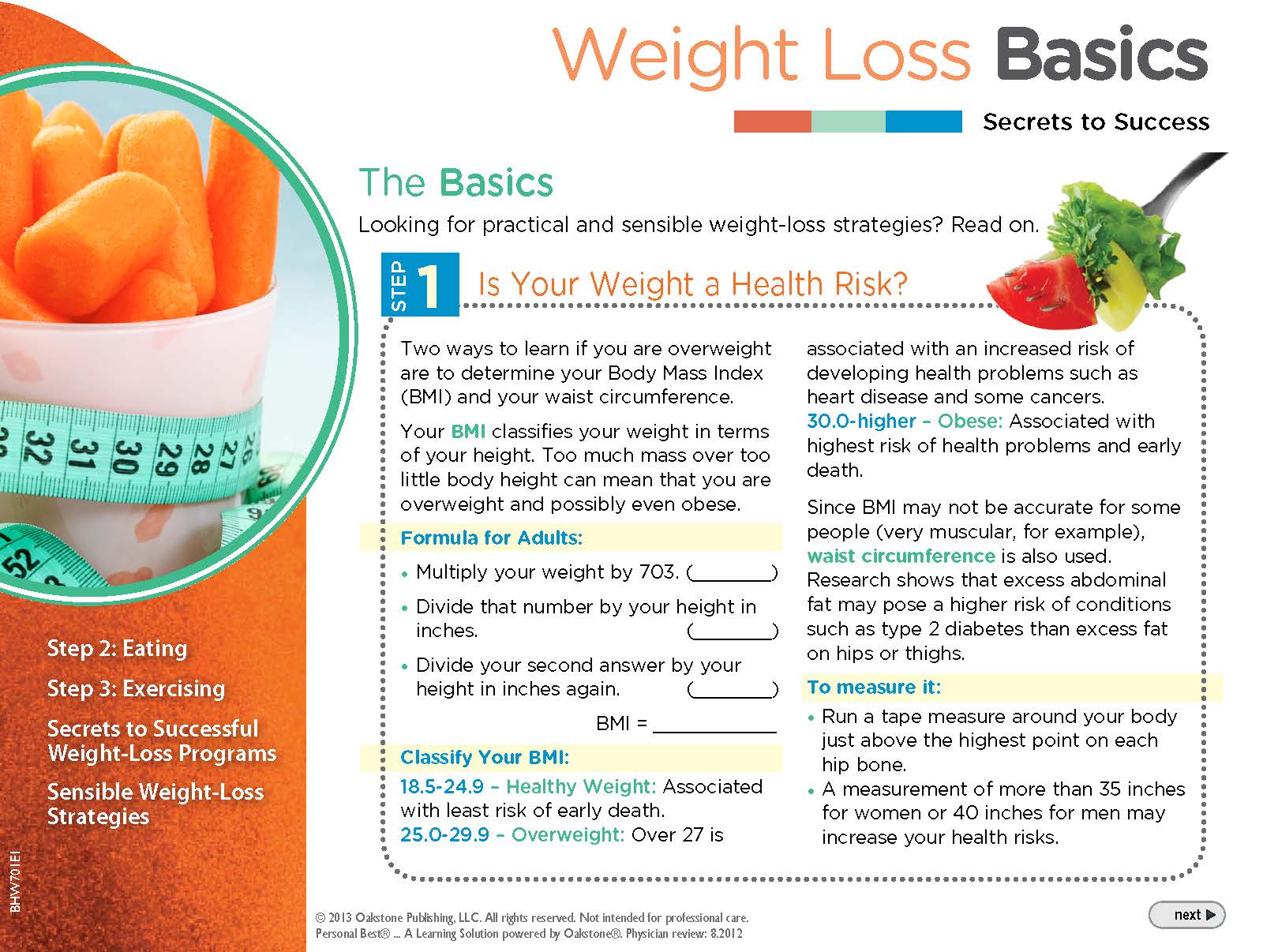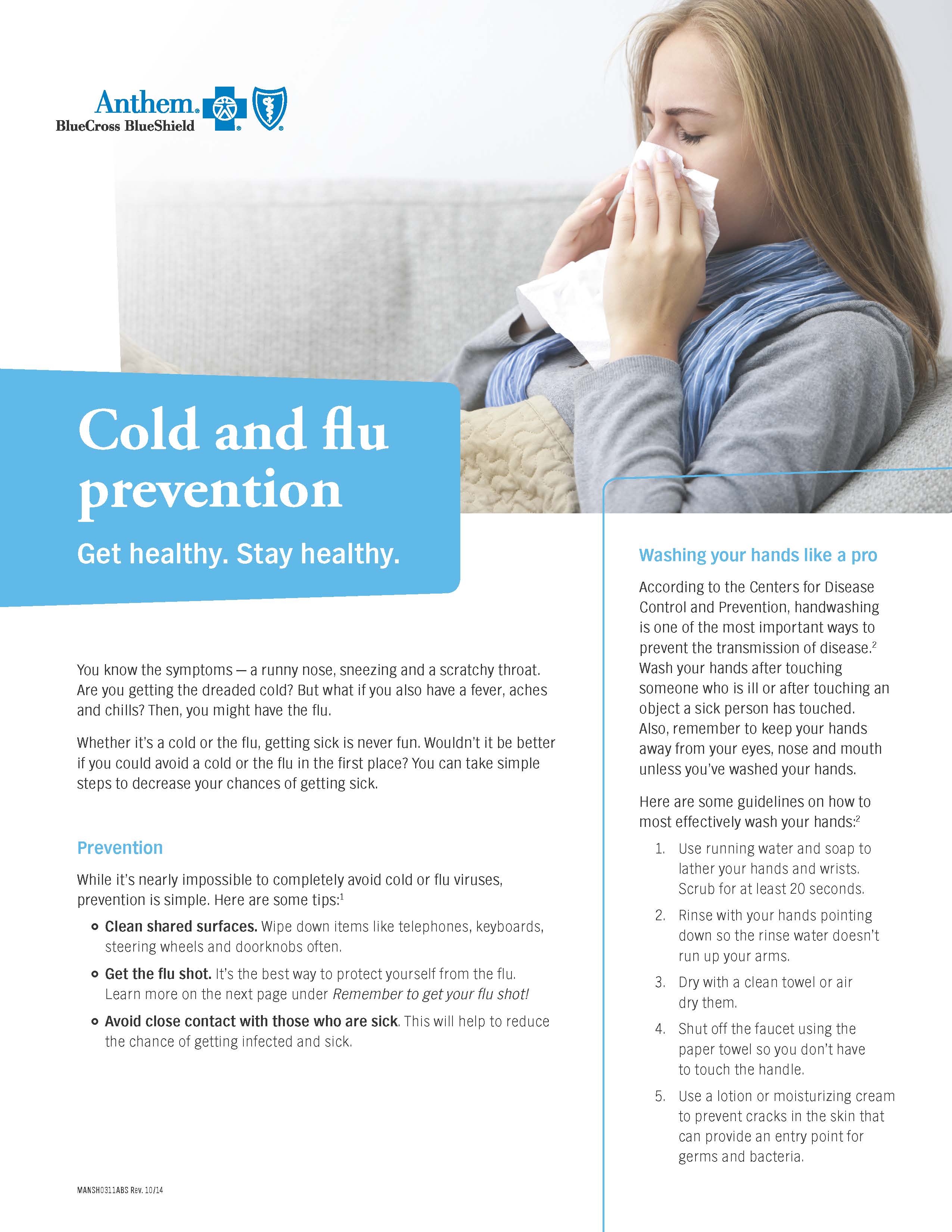“R•E•S•P•I•T•E”
The theme for National Family Caregivers Month November 2015 is:
“Respite: Care for Caregivers”
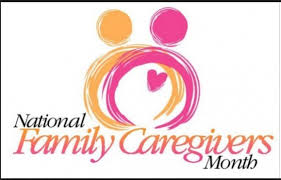 Respite – the chance to take a breather, the opportunity to re-energize – is as important as any other item on your caregiver’s to-do list. People think of respite as a luxury, but considering caregivers’ increased risk for health issues from chronic stress, those risks are a lot costlier than some time away to recharge. Respite is the key to your own well-being. Respite protects your own health, strengthens family relationships, prevents burn-out and allows your loved one to stay at home up to three times longer. No wonder respite is one of the most frequently requested support services for family caregivers.
Respite – the chance to take a breather, the opportunity to re-energize – is as important as any other item on your caregiver’s to-do list. People think of respite as a luxury, but considering caregivers’ increased risk for health issues from chronic stress, those risks are a lot costlier than some time away to recharge. Respite is the key to your own well-being. Respite protects your own health, strengthens family relationships, prevents burn-out and allows your loved one to stay at home up to three times longer. No wonder respite is one of the most frequently requested support services for family caregivers.
R is for “Rest and Relaxation”
Everyone needs a little “R and R” – especially family caregivers. Relaxing is the best way to return refreshed to handle your many responsibilities as a caregiver.
E as in “Energize”
Caregiving is often round-the-clock 24/7. Respite isn’t simply “getting a few hours off.” It’s necessary to help you reenergize, reduce stress and provide care for your loved one.
S as in “Sleep”
Caregivers often have sleep problems. Address sleep problems and insomnia before they take too great a toll on your health.
P is for “Programs that can help you”
Respite – which can be in the home or out of the home – can be hard to find but there are programs available to help you.
I as in “Imagination”
Let your mind run free; read a book; see a movie. You have been so occupied with the nuts-and-bolts of caregiving that refreshing your mind will actually help you be a better caregiver.
T as in “Take Five”
…or better yet, take ten. Do you find yourself saying, “I wish I had just ten minutes to myself”? Don’t feel guilty. You need a reprieve – a few minutes to temporarily disengage.
E is for “Exhale”
A simple breath in and then a long exhale can help you focus and increase your vitality. A few deep breaths can give you more energy, reduce stress, and lift your mood.

